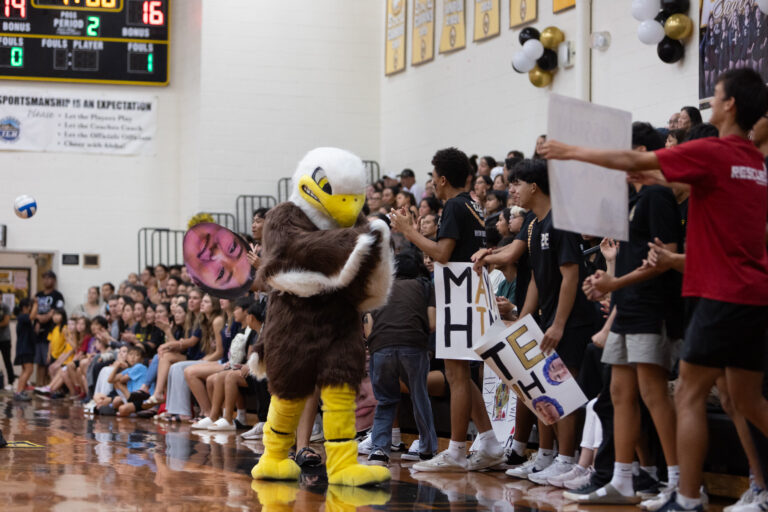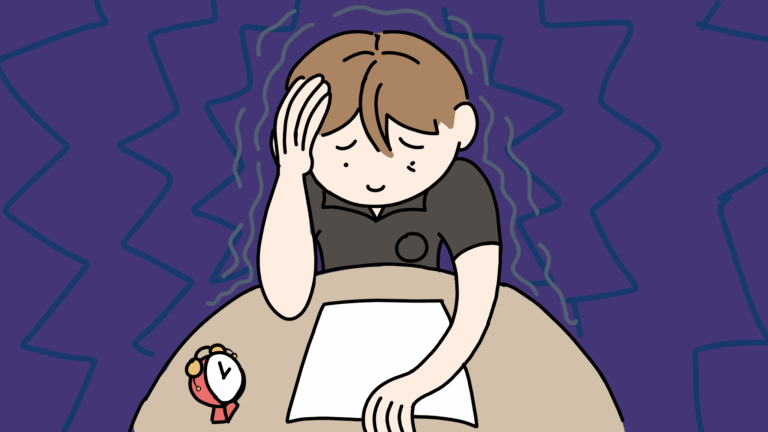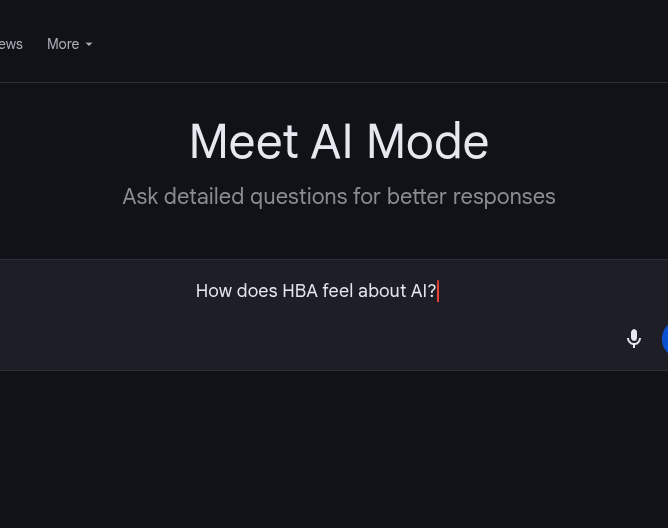When I first received a letter from Buzz Aldrin, the second astronaut to walk on the moon, I thought it was a scam.
With a shiny “National Academy of Future Scientists and Technologists” logo boldly printed on the first page, the whole invitation looked like a sketchy conference that cost a hefty $925 for tuition, not including airfare and accommodation. Despite my doubts, I was excited and told my family about the event after checking its legitimacy with Chemistry teacher and Science department chair Mr. Mike Hu. I wanted to attend the conference for the experience, and after working out the costs with my family, I knew I needed to go.
More than 4,000 students gathered in Tsongas Center at the University of Massachusetts in Lowell, Mass. for the Congress of Future Scientists and Technologists. It was phenomenal looking around at all the different faces and realizing that I may be looking at the future leaders of technology of our time. For two and a half days, the greatest minds in science and technology imparted their wisdom upon us as they shared their failures, successes, and overall journeys to discovery. Among the speakers were Buzz Aldrin, Sc.D., an American hero who walked on the moon with Neil Armstrong; Dean Kamen, Inventor of the Segway and founder of FIRST Robotics; Bill Westenhofer, Life of Pi Visual Effects Artist; J. Craig Venter, Ph.D. who coded the human genome; and Mark Fischetti, Senior Editor for the Scientific American.
These stories inspired me to learn more about how technology can help people who are much less fortunate than I am.
One of my favorite speakers was Bo Eason, former NFL football player, performer and playwright of Runt of the Litter. Although he wasn’t a scientist, his animated speech about setting his mind on a dream and ultimately achieving it motivated me.
The congress changed my life and helped me realize I wanted to pursue a career in engineering. When MIT alumna and entrepreneur Vanessa Green shared about how she worked with Community Water Solutions, a nonprofit that provides clean water services in West Africa, I knew I also wanted to help those in third world countries.
Kamen also shared about how he built power generators for underdeveloped countries like Bangladesh. These stories inspired me to learn more about how technology can help people who are much less fortunate than I am.
This short and expensive conference was one of the best things I’ve ever experienced but don’t just take my word for it. Sophomore Jasci Ligsay, who also attended the congress, said, “I started to actually have an interest in science rather than just wanting getting an A in that class.” Fellow conference attendee junior Ryan Higashi added, “It was fun on so many different levels and will probably be the only time you can see so many famous and intelligent people in one place.”
I encourage you to seize every opportunity you get. It may not come in a letter signed by an astronaut, but every experience will help you grow in ways you could never have imagined.
For more information, pay a visit to scitechleaders.com.






